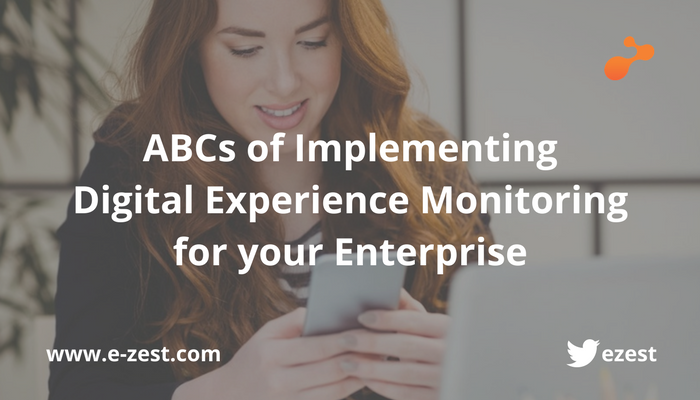Business continuity and disaster recovery are essential measures of the risk management for an organization. Irrespective of the industry, any unheralded event interrupts day-to-day operations and this may lead to delay in providing services to clients. An organization needs to restore normal operations as quickly as possible. IT risks include hardware and software failure, decentralized data, power outages, human error, spam, viruses, internet failures and malicious attacks and natural disaster such as fires, earthquakes, floods, etc.
According to the State of Global Disaster Recovery Preparedness survey in 2014, nearly 3 out of 4 organizations are at risk of failing to recover from disaster/outage. The survey also indicated that more than one third or 36% of organizations have lost one or more critical applications, VMs, or critical data files for hours at a time over the past year, while nearly one in five organizations have lost one or more critical applications over a period of days.
Not having a disaster recovery and business continuity plan at place can put organizations at dangerous risks like high financial costs, risk of losing clients, business reputation loss, etc. Can your business afford to take such a big loss?
So what can you do to improve your DR preparedness?
Build DR plan for everything need to be recovered. Imagine what if all servers crash down? Isn’t this thought scary? Recovery Point Objectives (RPOs) and Recovery Time Objectives (RTOs) should be considered to improve DR preparedness. RPOs are the maximum amount of time in which data can be lost due to a major incident. RTOs are how quickly we need to bring any service back online following a major incident. Businesses need to define RTOs and RPOs for all critical applications.
Frequently test applications to confirm recovery within RTOs and RPOs. Make adjustments, repeat tests and update the plan when the recovery point and recovery time actuals don’t fall within objectives. Automation of process will overcome the high cost in time and money of verifying and testing DR plans.
IT risks needs to be identified. IT Risk assessment will identify current risks, checks data security and review operational procedures. For this, business continuity plan is important. It helps business recovering from an IT incident. The assessment audits several equipments such as server room, desktops, laptops, data centre, routers and so on.
Develop a set of User Acceptance Tests (UATs) which should be confirmed as working during the course of the DR testing. The UATs are simply a list of the functions that any part of the business needs to operate. Start by listing the line-of-business applications, and consulting with department heads to get their input on what IT functions are critical for their department to run.
By enforcing these points, businesses can make a significant contribution to ensure business continuity. Businesses that develop, maintain and exercise their contingency plans will survive.



